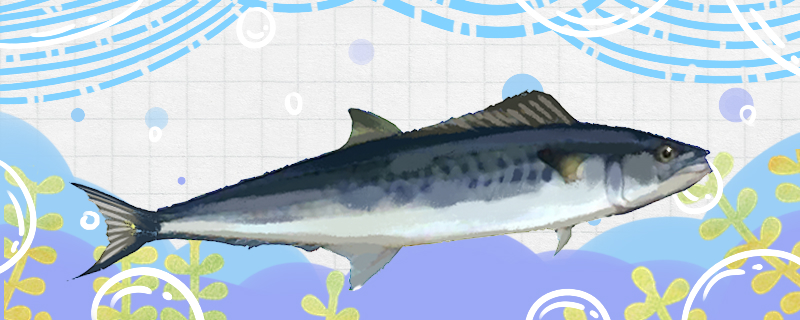
Spanish mackerel is a kind of fish that can be eaten. They are rich in nutrition and are welcomed by many people. However, Spanish mackerel originally lived in the ocean, they are mainly distributed in the northwest of the Pacific Ocean, generally speaking, can not adapt to freshwater environment. However, this does not mean that they can not be cultured in captivity at all.
In fact, artificial breeding and breeding of Spanish mackerel have also been successful in some areas, and they can be bred artificially. However, the cost of artificial breeding of Spanish mackerel is relatively high, and sometimes Spanish mackerel is relatively easy to die, so the economic benefits will not be too high. As a result, artificial breeding is not common, and wild Spanish mackerel is generally sold after fishing.
1. Pond: Artificial breeding of Spanish mackerel is generally a large area, so they are generally raised in the pond. Spanish mackerel originally live in the ocean, after artificial breeding, the environmental requirements may not be too high, but it is better to simulate the seawater environment, so that they can adapt more easily.
2. Water temperature and water quality: The distribution latitude of Spanish mackerel itself is still relatively high, and their requirements for temperature are not particularly high. The water temperature during the growth and reproduction stages can be maintained at about 20 degrees. Water quality is a more important factor, they can not live in very dirty water, so they can regularly monitor the water quality environment, in the case of inappropriate water quality timely replacement.
3. Feeding: Feeding is also an important aspect in the process of breeding. Wild Spanish mackerel mainly eat some other small fish in the ocean, so they can also be fed mainly small fish.